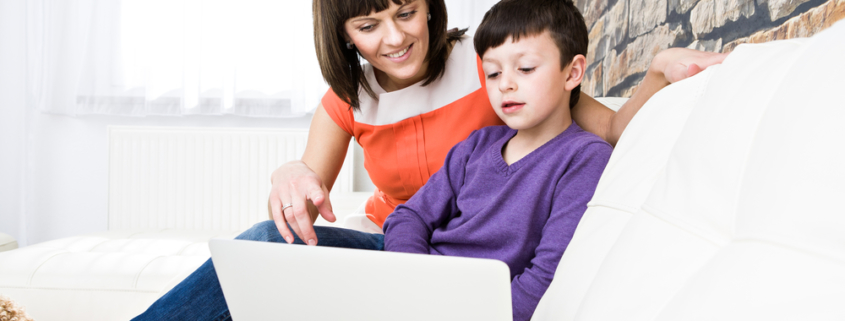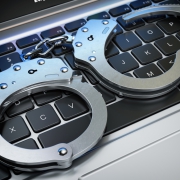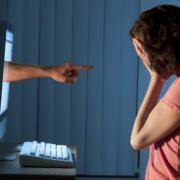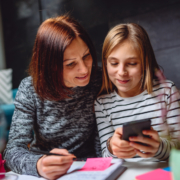Key Tips for Keeping the Internet Safer for Young People
The internet, particularly social media, has made a huge impact on our lives over the years. It’s made it possible to meet new people from all over the world and to stay in virtual contact with those who are physically out of reach. Unfortunately, the internet is not always a safe place, especially for students and children.
Having lots of friends on social media sites can make them easy targets for cyber bullying. This type of bullying is actually a type of cybercrime, and it can go on for a long time if left unchecked.
A child’s innocent and unsuspecting nature makes them easy online prey for cyber bullies. Studies have shown that one in five children can be a potential target. As we’ve said in a previous blog, cyber bullying can have dire consequences. In Australia alone, around 750 teenagers commit suicide as a result of cyber bullying each year.
This shows us the urgency of addressing the situation, and the importance of making the internet safer for young people. So, how do we achieve that? Below are several key insights that will help us in this cause.
Tips for Making the Internet Safer
Young people, particularly students, spend a lot of time online, whether for studying or entertainment, and therefore are usually active internet users. Although you can’t always monitor all of your child’s online activities, there are several effective steps you can take to help make things safer for them.
Communication is Key
Explain the dangers of chatting online, especially with strangers. Also, remind them that every message they send can be copied and pasted, therefore making it easy to share with others. Caution them not to write anything that they wouldn’t want to be repeated or shared. A good rule of thumb is to have them carefully review what they are about to send or post and to consider if it would make them happy or sad if they were on the receiving end of the message.
Don’t Ignore Parental Controls
If the computers and digital platforms and devices your family uses come with online parental controls, by all means, use them. They were created for several reasons, one of which is to protect users from harmful online elements, including cybercrime and cyber bullying. Parental controls, when used properly, can be effective filters that prevent inappropriate content and messages from being seen, heard, or read by students and children.
Familiarise Yourself with School Protocols
Find out which protocols and regulations your child’s school currently has in place when it comes to internet and social media use. Doing so gives you a better idea of what you should do to protect your child online and how to properly approach the situation.
Consult with teachers and faculty members about how you can work together to keep young people safer in the internet. They deal with students every day and know a lot about the issues they face, may it be in school or online. As such, they could offer valuable insights and advice when it comes to saving your children from cyber bullying.
Educate Yourself
To effectively protect children and students from the negative effects of online use, you must also know the very things you’re dealing with. This means familiarising yourself with the different online content and services your child might use such as social media sites and online forums.
This will give you an idea of how each one works and what you should be wary of in terms of their use. That way, you’ll know what to look out for, as well as how to educate your children or students when it comes to using online services the right, safe way.
Use Technology
Cyber bullies and online criminals have found ways to continuously exploit technology to victimise more people. This goes both ways, however—technology has also given us new tools to protect ourselves from them.
Let your children know that you trust them but also want to protect them. Allow them to participate in their own online safety. In Australia, students have the advantage of using online monitoring tools that put the student in charge. From the perspective of social media use, an online safety tool for students is a safeguard that filters content and notifies the user about potentially risky content. The types of content that will trigger this alert include explicit photos, racist words, or content of a sexual nature.
We at Starshell Student offer one such tool, a platform that functions as a social media monitoring tool for parents as well as an online monitoring tool for teachers. What we have is an innovative way that empowers students, teachers, and parents to take a stand against cyber bullies through a cyber bullying prevention and education platform that helps young people become responsible social media users. We encourage you to be part of our campaign and be a member. If you have any questions, please don’t hesitate to get in touch, we’ll be more than happy to help.









